Day Trips
May 17th, 2019
back to Things To Do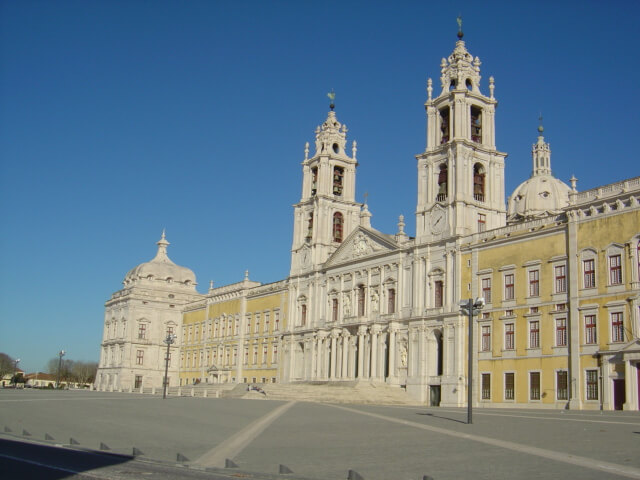
Palácio National de Mafra |
Mafra Palace
Palácio National de Mafra. Located 25 minutes drive north of Quinta do Scoto, Mafra National Palace is one of the largest buildings in Europe. Commencing in 1717, construction continued up to 1755 with up to 45,000 workers, of which nearly 1,400 died; accommodation for the workers resulted in the town of Mafra. Work stopped after the Earthquake when the workers were taken to Lisbon to help with the clearance and reconstruction of the city. The 1,200 rooms include a Library with over 44,000 books. Mafra Palace never became permanently occupied.
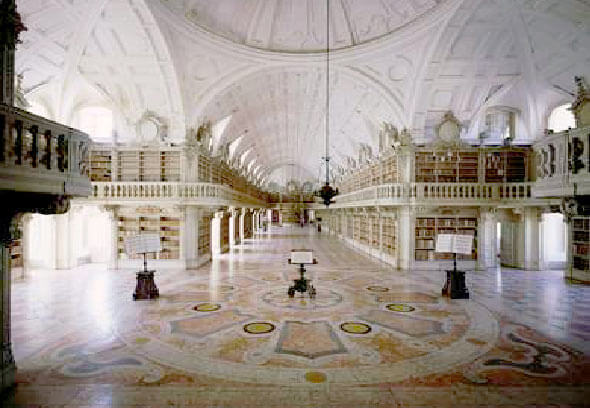
Palácio National de Mafra |
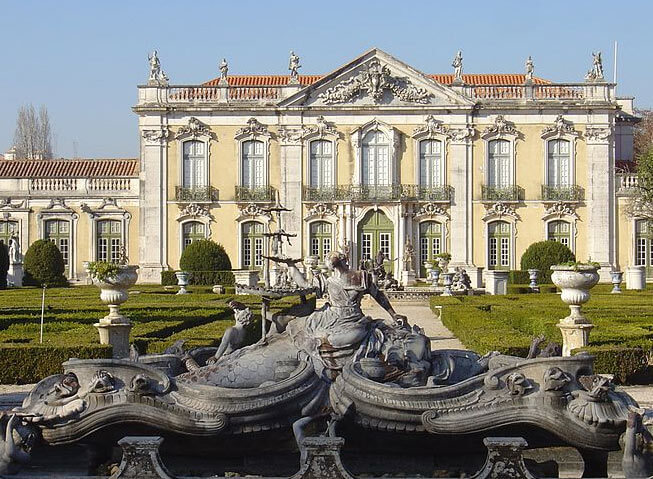
National Palace of Queluz |
Queluz Palace
The National Palace of Queluz is a15 minute drive from Quinta do Scoto or a 15 minute train journey with a 10 minute walk. The earliest construction dates back to the 17th century and the Palace is often referred to as the Portuguese Versailles. Queluz Palace has extensive traditional Portuguese wall tiles or azulejos depicting the four seasons, four continents, classic mythology and hunting scenes. With a Chapel, Music Room, Throne Room, Queen Maria Pavilion, King Quixiote Room, Hall of the Ambassadores, Robillion Pavilion and the Otter Patio.
The extensive gardens extend to 20 hectares with formal boxwood gardens, lakes, labyrinths, hanging and Neptune gardens, orchards, the tiled canal and many statues and sculptures. During the summer, a horse show is held with Lusitano horses from the Alter Real Stud Farm originating from 1748. With traditional riders' tunics dating back to the 18th century - not to be missed
.
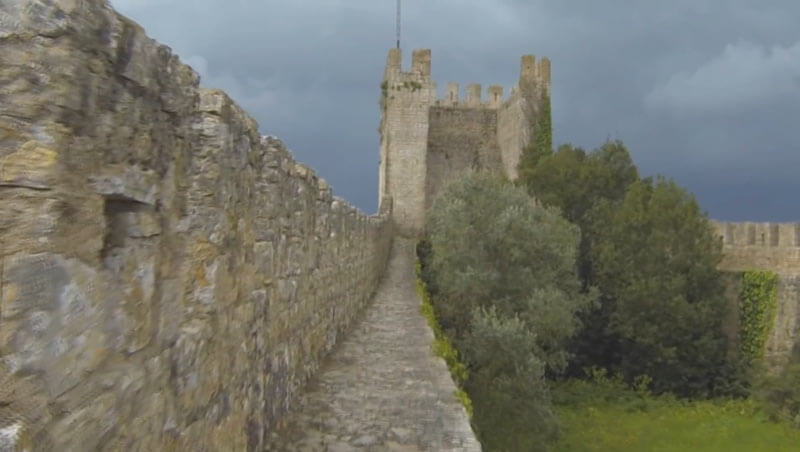
Obidos Walls |
Obidos and Alcobaça
In late February and early March, an International Chocolate Festival is held every year. Each July, Obidos hosts a traditional Medieval Market over a two week period with entertainers and stall holders dressed as merchants, jugglers, jesters, wandering minstrels and soldiers.
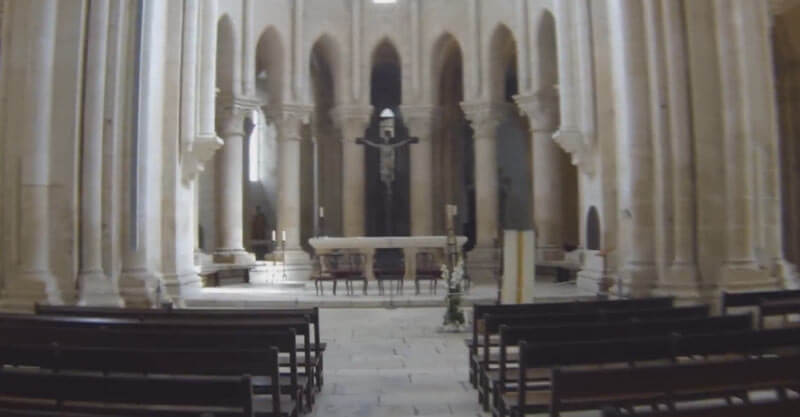
Alcobaça Monastery |
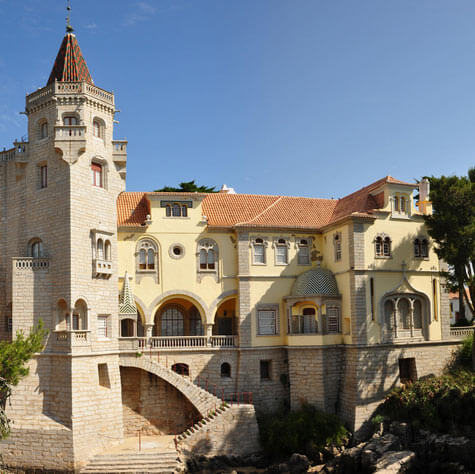
Cascais and Estoril
A 20 minute drive from Quinta do Scoto, or 50 minutes on public transport. Cascais was once a small fishing village with a fish market, but development took hold all around, although the centre and habour retain their original charm. The fort near the habour has now been joined by a new marina and there is also an Art Museum and a Sea Museum. The road west has a dedicated cycle way over to Guincho beach passing Boca do Inferno (where there is a daily market) and you can make use of free cycle hire assuming there is availability. Heading east, you can walk 30 minutes (or cycle much quicker) along the promenade to Estoril past a selection of beaches - as the train runs along the coast, you can always catch the train back to Cascais. Estoril has one of the largest Casinos in Europe which dominates the town, overlooking the park. Estoril Autodrome, the venue for many saloon car and motorbike events is 15 minutes drive from the Quinta.
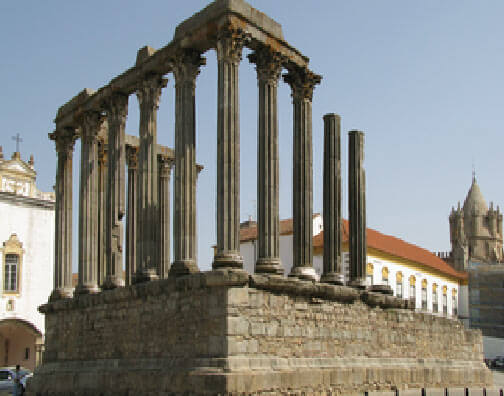
Roman Structure |
Evora
The medieval walled University City of Evora is around 1½ hour's drive from Quinta do Scoto with good motorway links. It is said that the city was conquered by the Romans in 57 BC followed by the Moors in 715 AD before coming under Portuguese control in 1165. The attractions of Evora include St Francis Church, the Chapel of Bones (where you can meet 5,000 of Evora's previous inhabitants - cemented into the walls!), the Temple of Diana, Praça do Giraldo, Evora Cathedral, Agua de Prata Aqueduct, Almendres Cromlech and the Castle walls.